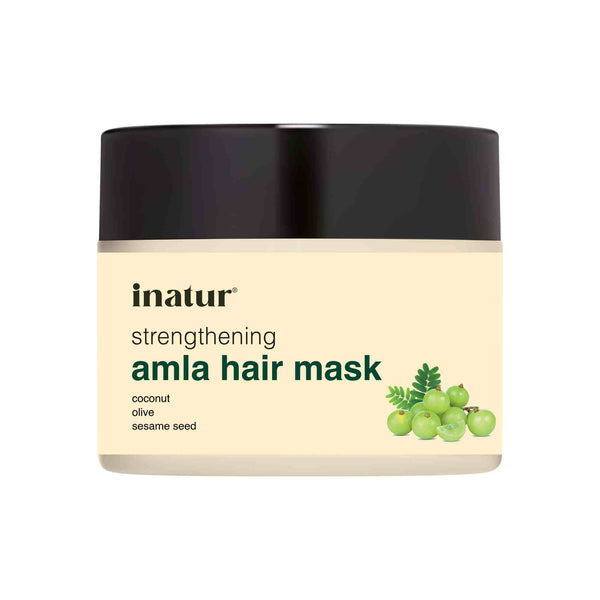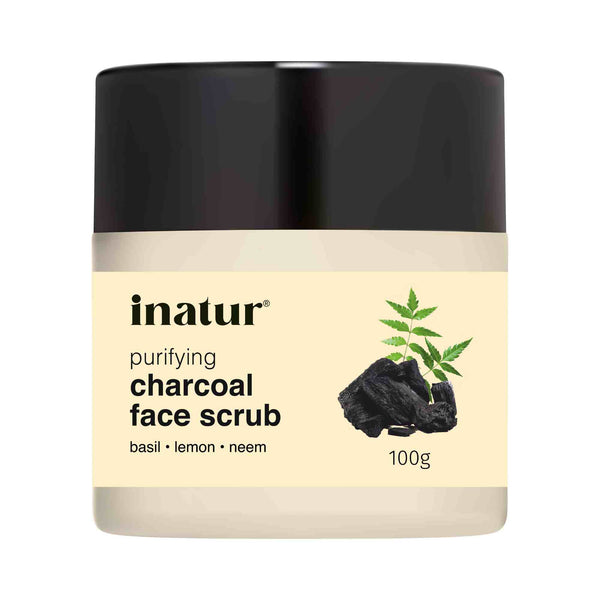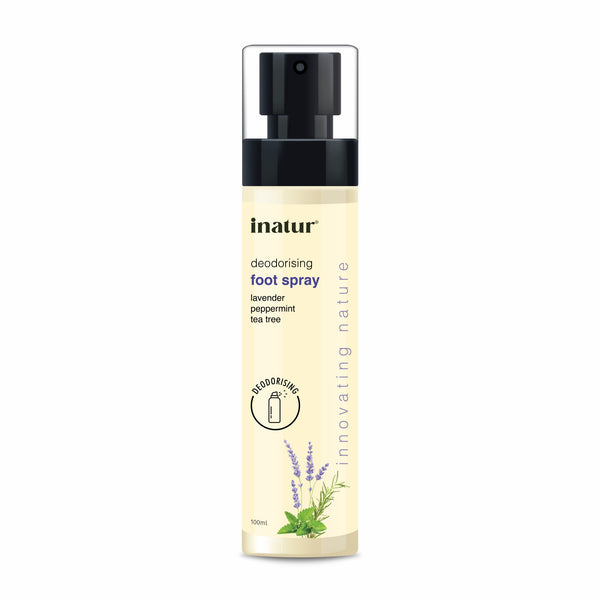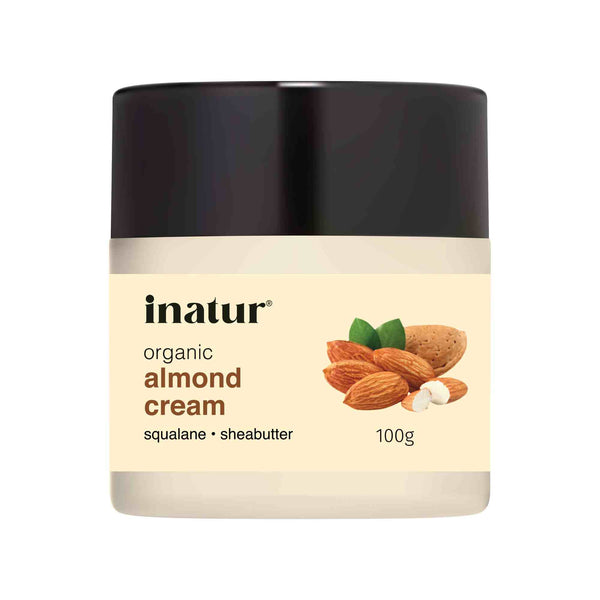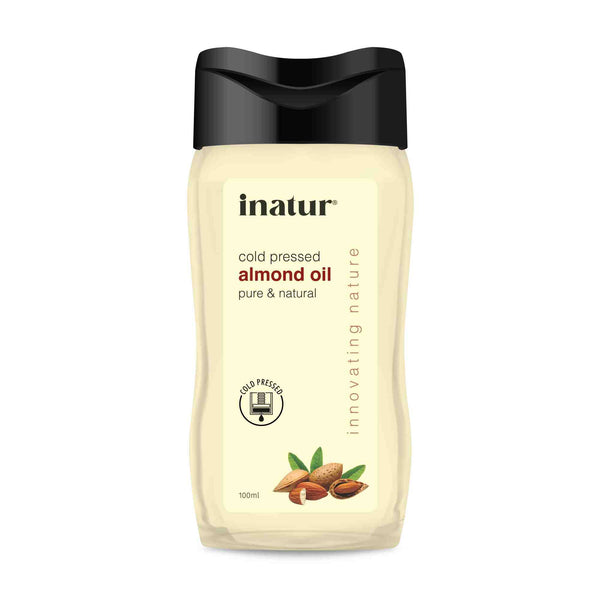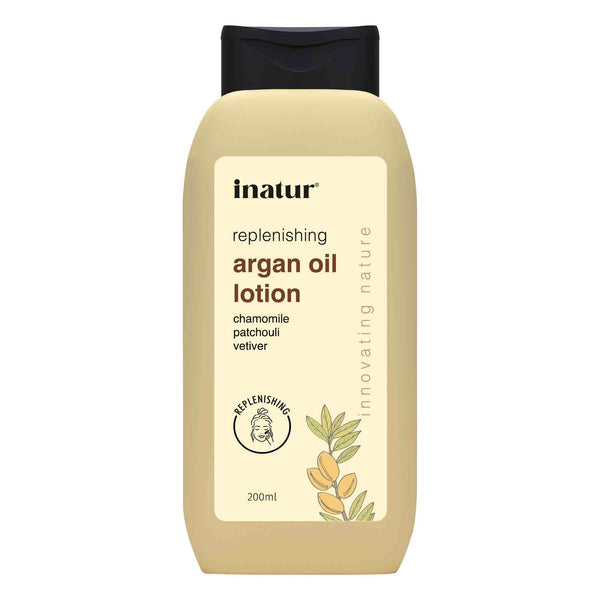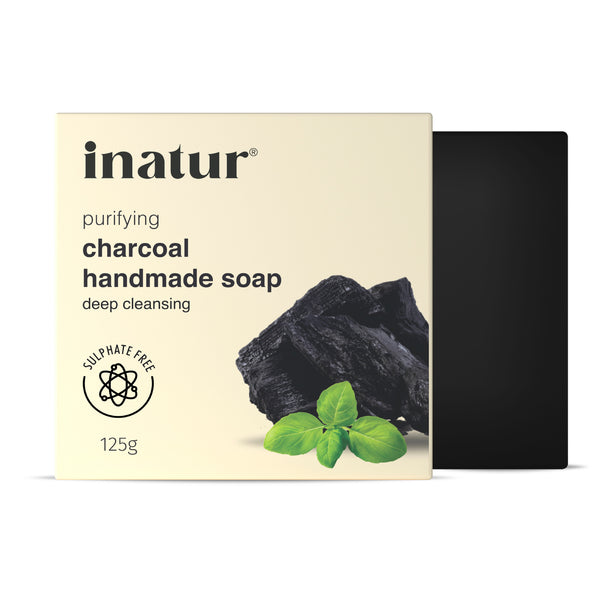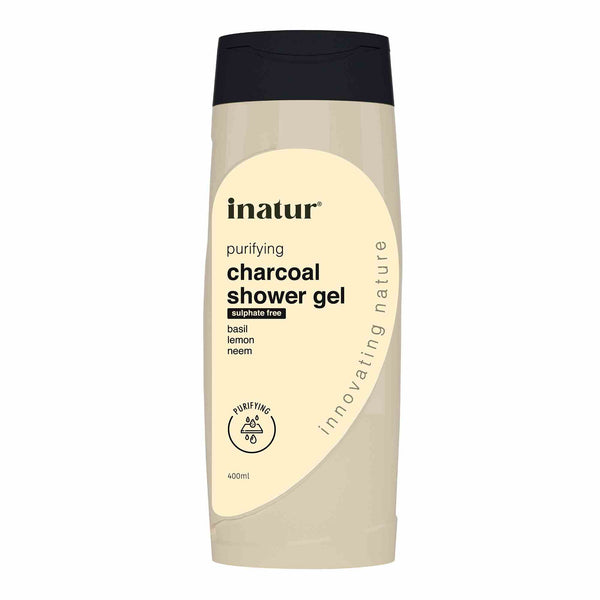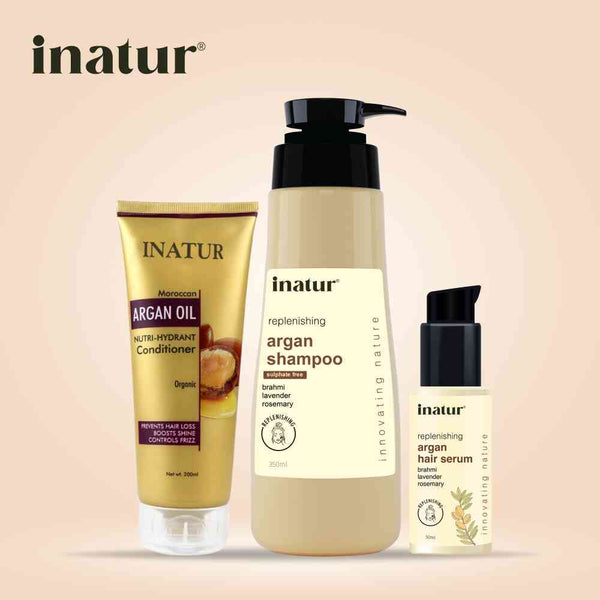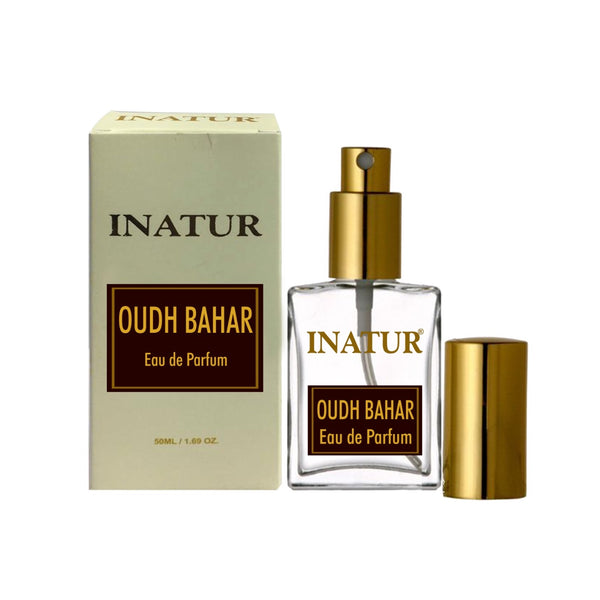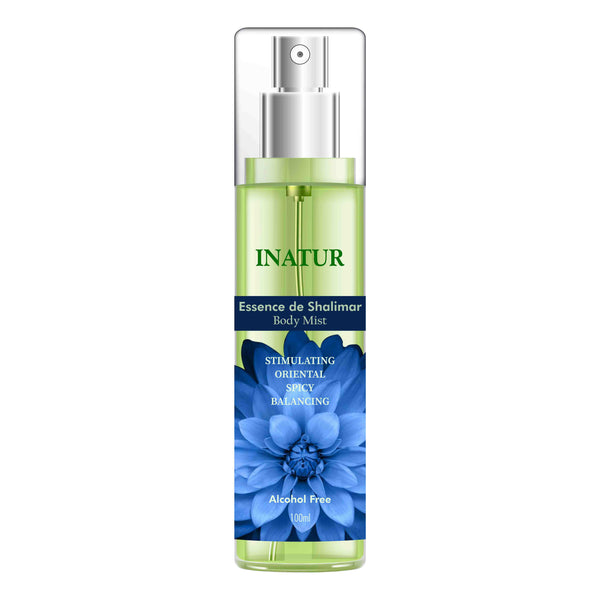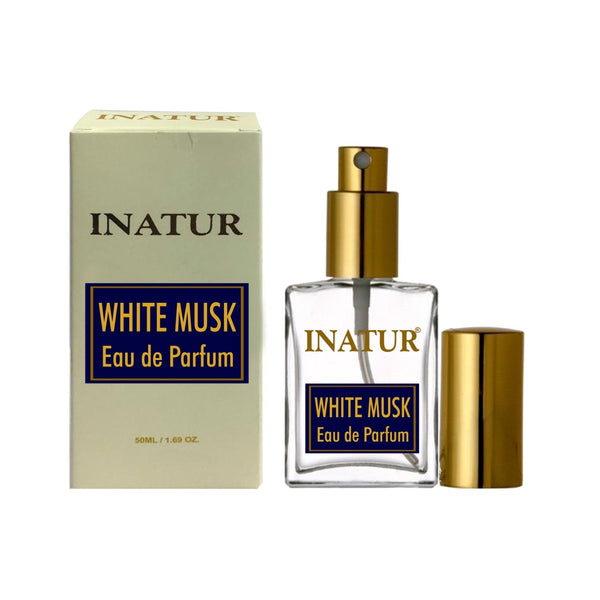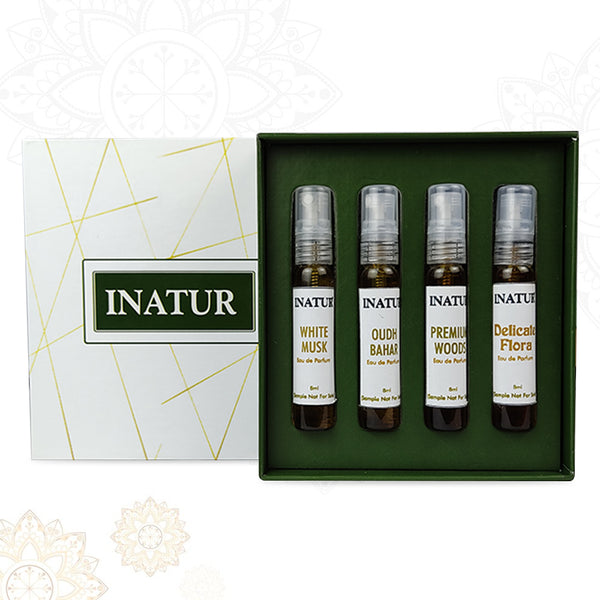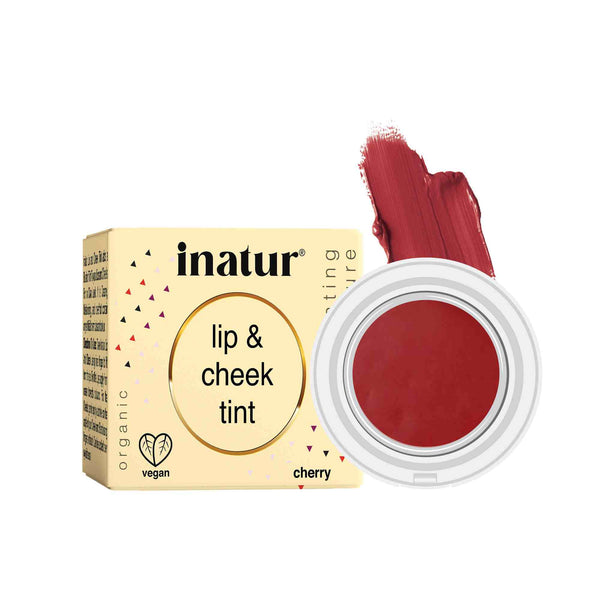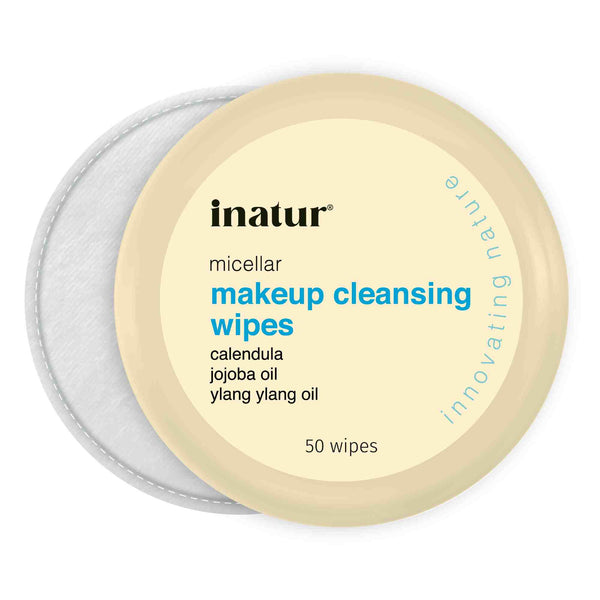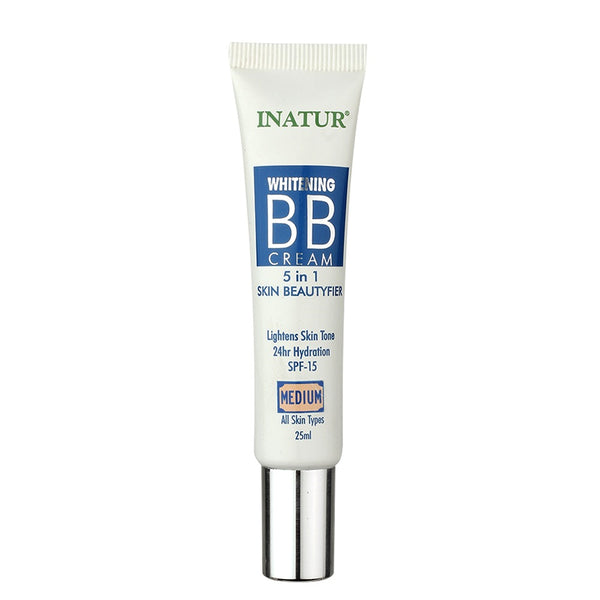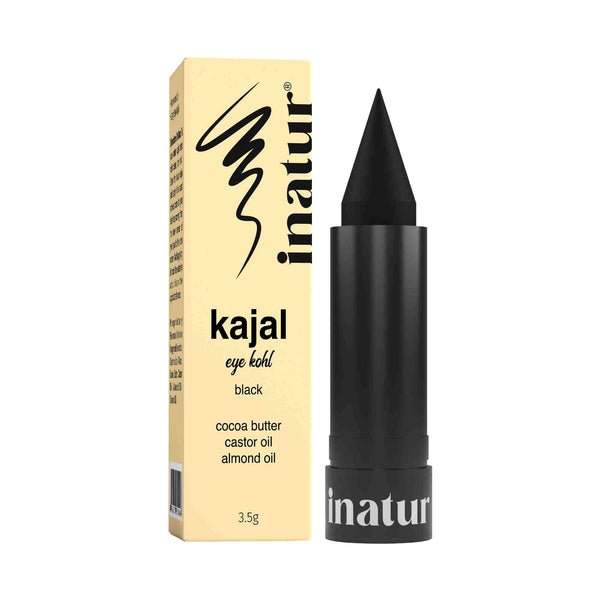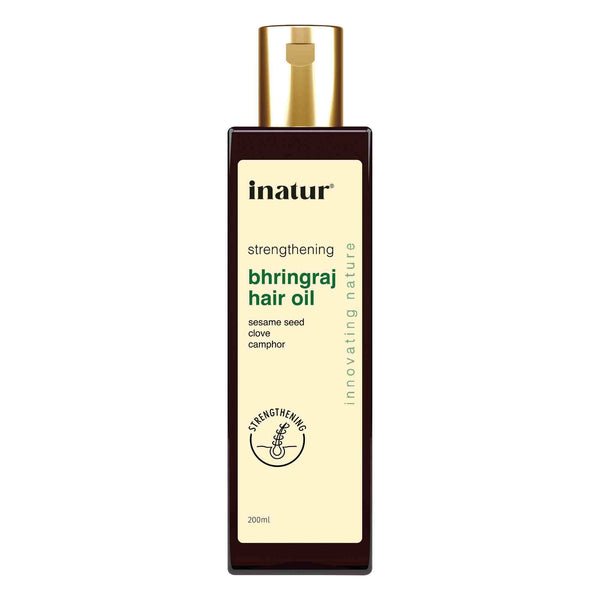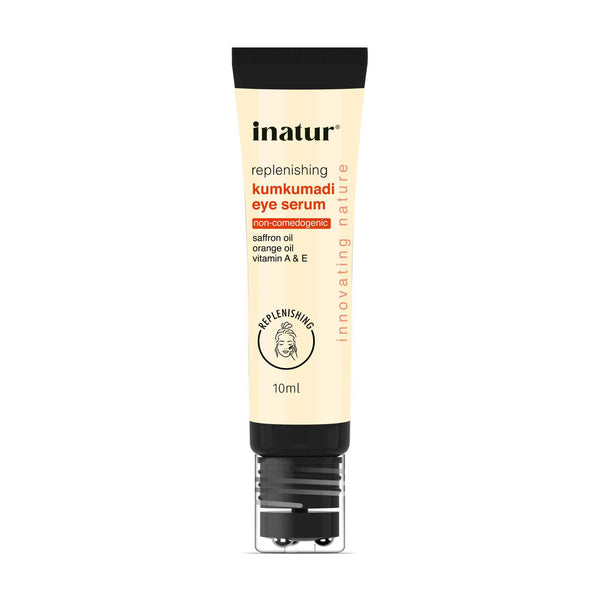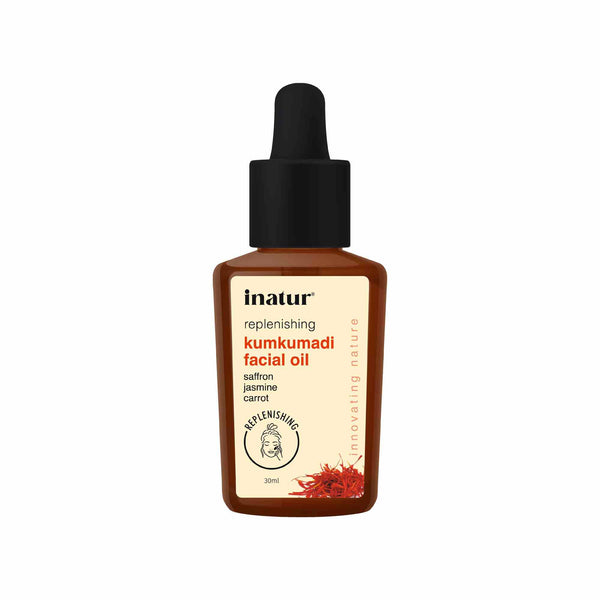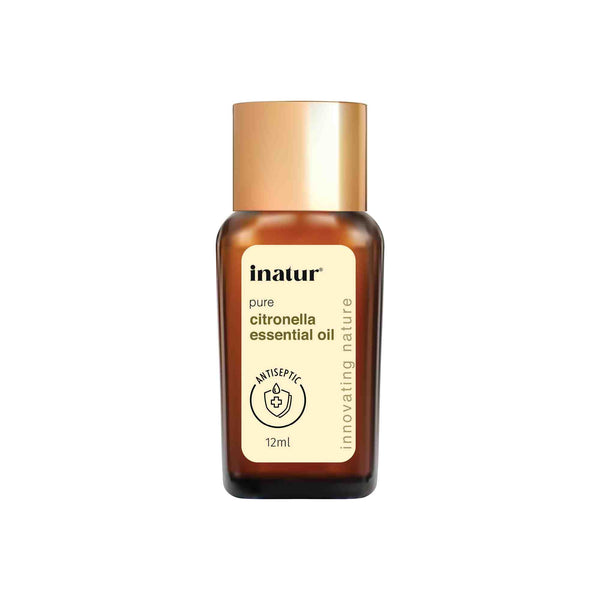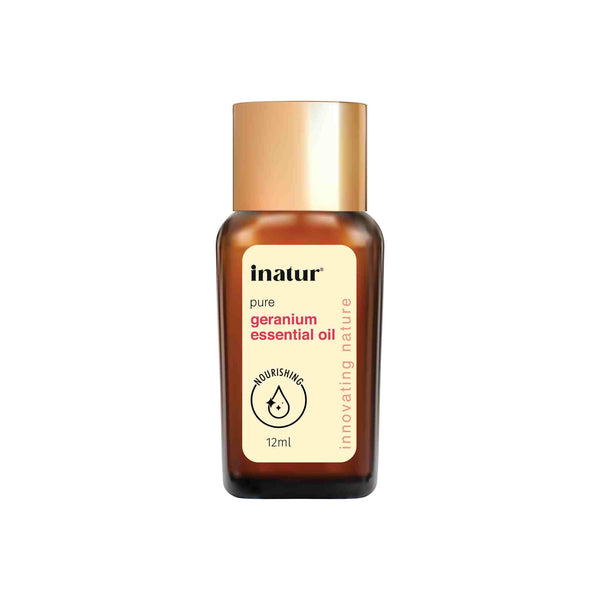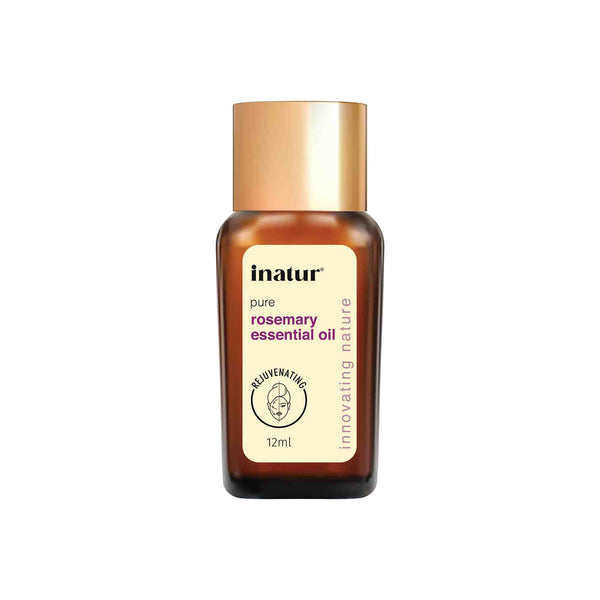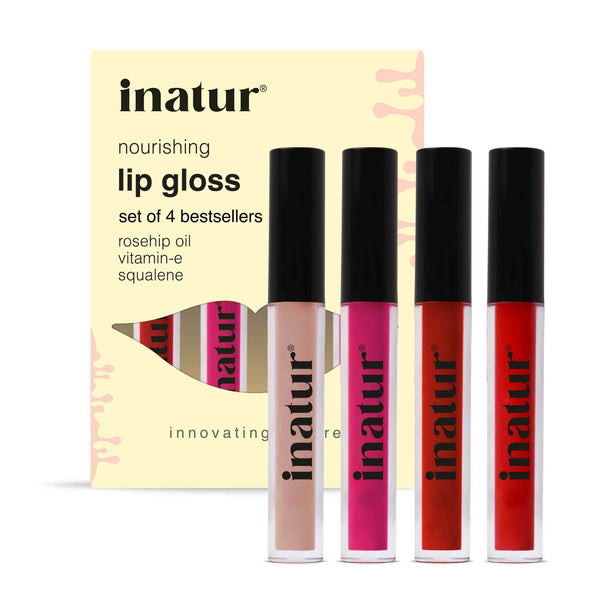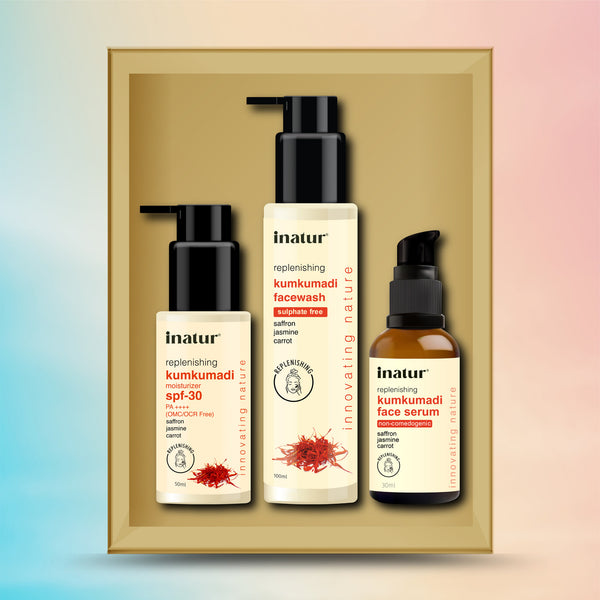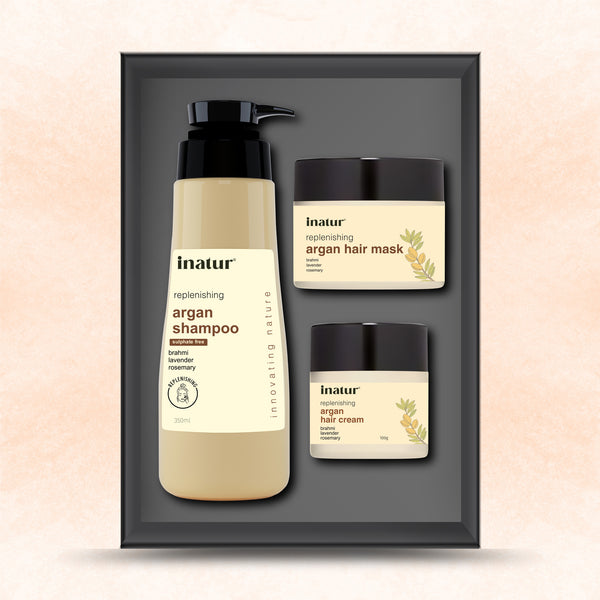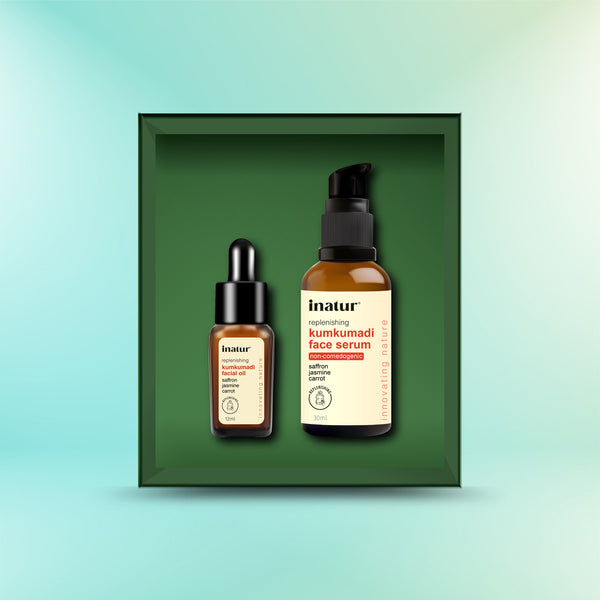
Have you ever tried to look up an ingredient online, only to find that the information is completely unhelpful?
The range of skincare ingredients out there is huge, but it can be hard to know what works. Some are just marketing gimmicks and others are just plain useless. Luckily, there are some things you can do to help yourself decode those ingredients.
The first step is to take a look at the product's label. This should include a list of ingredients, but also any warnings or disclaimers about the product's use. It might also mention how often you should use it or what type of skin type it's best for. Look out for words like "natural”, “sulphate free”, “paraben free” ,”organic". These are good signs that the product is safe for your skin and won't cause any negative side effects.
Next, you'll want to see if there are any claims made about how well the product works. These could include things like "highly effective," "non-irritating," or "all-natural." These types of claims mean that there is some evidence behind them.
In other words, they've been proven by research studies conducted by humans who were testing out these products. What you should know from an ingredients list. If you have a personal care product, the first step is always to check the ingredient list. There are guidelines for how ingredients are listed on personal care products. Everything must be listed in order of quantity. If it’s on the top of the ingredient list, the percentage of that particular ingredient is more. However, this is not true for Chinese or non-approved products.
More quantity does not mean better. Many ingredients are effective at very low concentrations so more does not always mean better. Peptides, for example, are effective at very small concentrations – parts-per-million small! Once you get down to 1% or less, ingredients can be listed in any order so brands will sometimes list the most exciting ingredients first.
Other certain substances, like retinol, are so potent that they still have amazing effects at lesser concentrations. Retinol is often only accessible in concentrations up to one percent, which may even be too strong for some. Retinol can irritate some, so unless it is encapsulated. Additionally, it may be affected by the way the element is used in the mix (for instance, an oil-based product can carry an active ingredient into the skin differently than a water-soluble serum). In the world of skincare, there are a lot of ingredients to keep track of. Each has its own purpose and can be used in different ways depending on what you're making.
With so many ingredients and preservatives, it can be hard to know what works and what doesn't. Here are some ingredients that we recommend as safe and effective:
- PRESERVATIVES aid in preventing bacterial and mould growth on items. Phenoxyethanol, methylparaben, potassium sorbate, benzoic acid, DM DM hydamtoin, chlorphenesin, and caprylhydroxamic acid are a few of the often employed safe and efficient preservatives. Preservatives are used in very lower percentages like .5-1% in a formulation.
- Aqua (Natural DM Water) comprises min 50% in most of the formulations of creams, lotions, shampoos, shower gel, face wash etc. it also helps to dissolve active ingredients and gives desired viscosity.
- To keep things stable, CHELATING AGENTS interact with metal ions and stop them from interacting with our skin or goods. Water, especially hard water, contains metal ions that make it difficult for skin and hair to absorb. Chelating compounds can improve the effectiveness of preservatives since metal ions can occasionally aid bacterial growth.
- To change and balance the pH of skincare products, BUFFERS such as sodium glutamate, EDTA are used. For instance, it can guarantee that a moisturiser is not too acidic.
- SURFACTANTS are cleansers that are used in any skin or hair cleansing products. They make it possible for water and oil to combine to remove oil from the skin, form foam, keep lipids and water-soluble substances from separating, and assist carry ingredients to the skin. Surfactants that are organic in nature are milder and treat skin better than others.
- EMULSIFIERS aids in combining oil and water that ordinarily would not mix to form a lotion, cream or shampoo. They are also stabilising agents that prevent breaking or separation of products. To prevent the product from separating, it stabilises the oil and water phases in personal care products. It is critical that oil and water do not separate, especially in sunscreens, which need to effectively produce an even UV filter coating.
- Lastly FRAGRANCE and actives are added as the desired end benefits are promised from the product.
So whenever we look at a formulation it is easier to break it and see in accordance with the function of the ingredients.
source: businessworld.in









